- Category
- War in Ukraine
120 Fighter Jets Could Patrol Ukraine’s Skies Under European-Led Plan
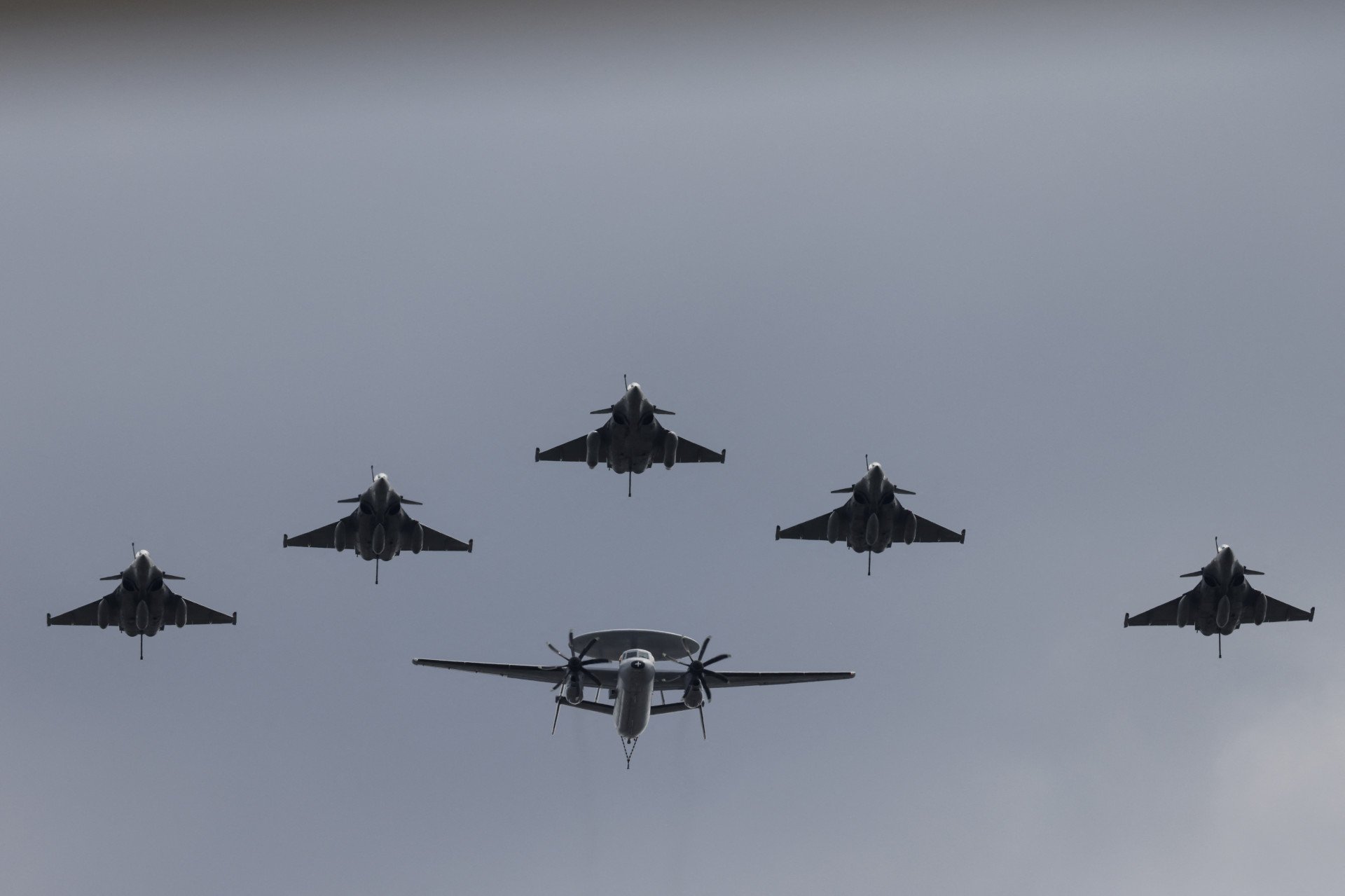
The European Sky Shield initiative brings together a coalition of willing nations to deploy 120 European fighter jets over Ukraine, offering real, tangible security guarantees. The plan would establish an Integrated Air Protection Zone (IAPZ) that employs combat air patrols across western Ukraine, shielding critical infrastructure and civilians from Russian missile and drone strikes.
Originally proposed by retired European military planners in 2022, Sky Shield struggled to gain traction over fears it could entangle NATO in the war. But with recent shifts in Ukraine’s security landscape and growing calls for a sustainable path to peace, the idea of closing Ukraine’s skies is back on the table.
Now backed by former heads of state, NATO commanders, top defense officials, and MEPs from over 15 countries, including the UK, France, and Poland. The initiative presents a structured, actionable plan “to defend Ukraine and to ensure its future resilience and prosperity, with the reintegration of all occupied territories in mind.”
What is the Sky Shield?
Sky Shield will establish an Integrated Air Protection Zone over Ukraine’s western half, covering key cities like Kyiv, Lviv, and Odesa and its three operational nuclear power plants. A force of 120 European fighter jets will be stationed to defend against missile and drone attacks, allowing Ukraine’s Air Force to concentrate on the eastern front, where the most intense fighting continues.
Sky Shield states that "policing the proposed IAPZ requires 120 F-16s, F-16 AM/BMs, or an 'operational equivalent' provided by squadrons of other aircraft types (F-35, Mirage, Eurofighter Typhoon, JAS 39 Gripen) flying from European airbases."
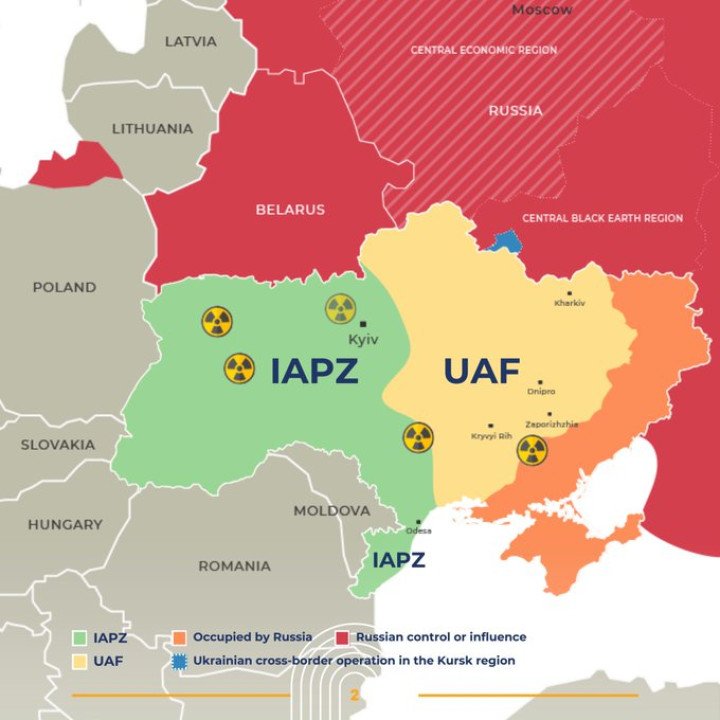
They highlight that "AEW&C, tanker aircraft, and different types of specialised and support craft will also be needed, as well as ISR, EW, cyber protection, and other assets and capabilities."
According to their assessment, "the EU and Great Britain have enough combat airpower to establish the IAPZ independently."
The proposed coalition's goal is to weaken Russia’s military strategy, which currently relies on glide bombs to clear the way for infantry, relentless missile, and drone attacks to break civilian morale and large-scale mechanized assaults.
Establishing the Integrated Air Protection Zone (IAPZ) over Ukraine’s western half allows Ukraine’s Air Force to shift eastward, strengthening defenses in key cities like Kharkiv, Dnipro, Zaporizhzhia, and Kryvyi Rih.
This relocation can potentially limit Russia’s ability to use glide bombs on the frontline, a shift that could alter the battlefield dynamics in Ukraine’s favor.
Economic impact
Sky Shield asserts that its coverage will provide "economic, industrial, and humanitarian relief not only for the territory covered by the IAPZ but also indirectly for the rest of unoccupied Ukraine."
They emphasize that SkyShield's "practical and psychological impacts will decrease and potentially reverse refugee flows, allow economic reconstruction, and enable further expansion of Ukraine’s defense industry even while the war continues to be fought."
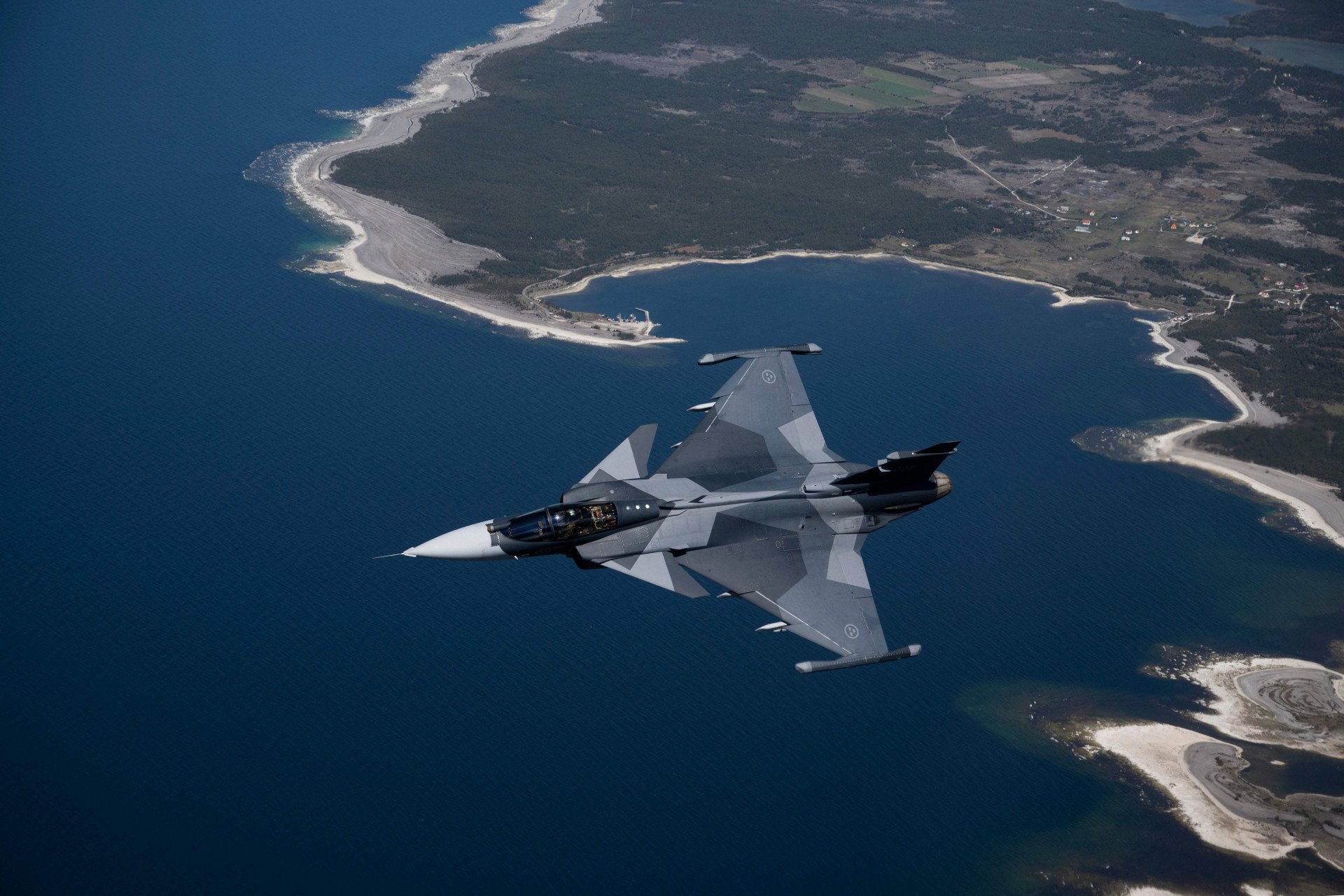
Implementing European air patrols over Ukraine could be transformative. They would cover Ukraine’s rear and enable Ukrainian forces to concentrate their efforts eastward, potentially pushing Russian aircraft and defenses further back.
Moreover, it could lead to the resumption of commercial flights, a significant step toward economic rehabilitation, and the return of refugees.
According to Oleksii Kuleba, Ukraine's Communities and Territories Development Minister, the country is "95%" ready to restart commercial flights, provided passenger safety is ensured through robust air defenses.
Inaction, the real risk
At the start of Russia’s full-scale invasion in 2022, calls for a no-fly zone over Ukraine were quickly shut down by NATO, fearing direct confrontation with Russian forces.
Now, three years later, Ukraine has dramatically strengthened its air defenses, and proponents of the Sky Shield initiative argue that European jets could patrol western Ukraine with almost no risk of engaging Russian aircraft.
This morning was extremely busy in the skies over the Baltic.#NATO #Russia https://t.co/zVlDPaZFKd
— Fabrizio Colarieti (@fcolarieti) March 6, 2025
Sky Shield points to precedent: NATO has run air policing missions in the Baltics for over 20 years without a single incident, despite constant Russian provocations. In Syria, Russian forces avoided direct conflict with the US-led coalition. Even when Türkiye shot down a Russian Su-24 in 2015, Moscow’s response was limited to economic sanctions and diplomatic posturing.
After four years of war, Russia’s military is weaker and less willing to risk escalation. The proposed Integrated Air Protection Zone would keep European jets at least 200 km from Russian forces, minimizing confrontation.
Sky Shield supporters argue that the real risk isn’t escalation—it’s leaving Ukraine to fight without air cover. They call it the “lowest-risk, highest-impact” step Europe can take to help Ukraine win while keeping NATO out of a direct war with Russia.

-c42261175cd1ec4a358bec039722d44f.jpg)
-46f6afa2f66d31ff3df8ea1a8f5524ec.jpg)
-6359eca46c72bde40a90abaaadd6eaa8.png)
-29a1a43aba23f9bb779a1ac8b98d2121.jpeg)
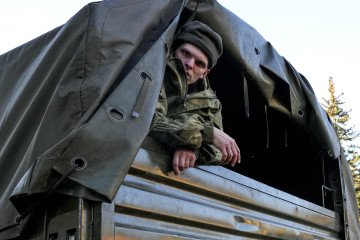
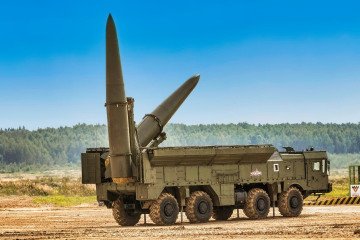
-206008aed5f329e86c52788e3e423f23.jpg)